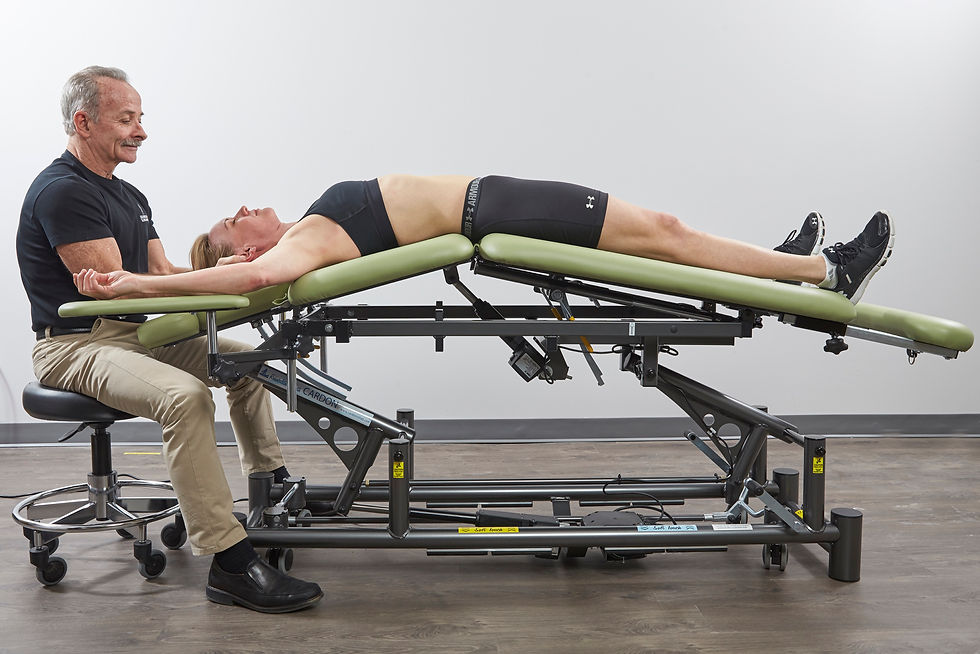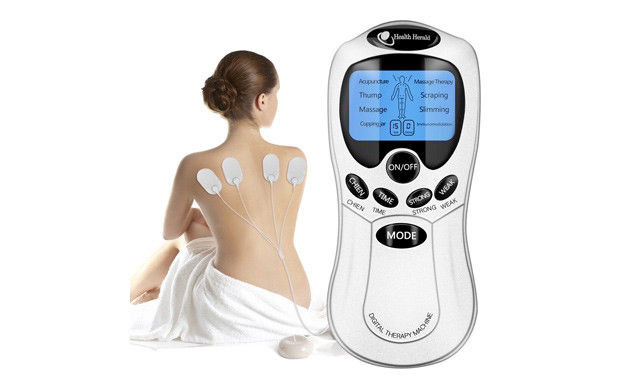How Physiotherapy Tables Enhance Recovery Sessions
- lifestyle fun

- Feb 13
- 3 min read

Physiotherapy can be beneficial for so many individuals who have chronic conditions as well as acute injuries or pain. The physiotherapy table is important to consider when determining how comfortable the patient is during treatment. The tables are designed to make sure patients are positioned in the correct positions to receive treatment. The tables are vital to ensuring effective physiotherapy treatment. In this blog, we will go over how the types of physiotherapy tables will enhance recovery for patients.
Proper Alignment
One of the most important reasons for a physiotherapy table is the ability of this table to position the patient in proper alignment. When performing manual therapy, exercises, or stretches, the patient's positioning on the table is of utmost importance. Physiotherapists use certain postures and positions to deliver the treatment and get effective results. An adjustable physiotherapy table can allow the therapist to adjust the patient's position quickly and effectively. The more precisely the body can be aligned, the better the therapy is in helping patients recover faster and with more ease.
Improved comfort and support
Comfort is a very important factor in physiotherapy treatments. Recovery sessions mostly comprise long periods of lying or sitting, which may not be comfortable if the wrong surface is used. A normal table or flat surface may not provide the necessary support and cushion to the patient to keep him comfortable during the session. The comfort of the table is designed with the intention of not accentuating any pressure points on the body. Physiotherapy tables are made with quality material, to ensure the comfort will last for many patients over the years.
Most physiotherapy tables come with headrests, armrests, and footrests that are adjustable and can be moved to accommodate the size of the patient's body and their treatment requirements. This flexibility allows for a more personalized experience, ensuring the patient remains comfortable throughout their recovery session, which is essential for healing and preventing any additional strain on painful areas.
Facilitating exercises
Physiotherapy tables are designed to support a wide range of therapeutic exercises that are helpful with recovery. Such exercises could include stretching, strengthening, and mobilizing various parts of the body, which can be best performed on a well-designed physiotherapy treatment table. This will help the patient to stay in a proper position and allow for better movement patterns, thus increasing the range of motion during exercises.
4. Improve Manual Therapy Techniques
Manual therapy remains a cornerstone for many forms of physiotherapy treatment. Techniques such as deep tissue massage, myofascial release, and joint mobilizations require appropriate body positioning and support if they are to be performed effectively. Physiotherapy tables provide stability for the therapist to perform such techniques with precision and control.
5. Allowing Relaxation and Relief of Stress
Physiotherapy tables are capable of helping enhance the patient's recovery experience by relaxing them more, thus generally promoting a much calmer feeling. Several physiotherapists make use of inducing relaxation techniques into recovery sessions, and an appropriate physiotherapy table would aid in setting up an environment for both mental and physical relaxation.
A well-designed table can help to decrease tension in the body most specifically at the back, neck, and shoulders. When the patient feels comforted and supported, he will relax and turn responsive to various stress-relieving therapies such as light massage, heat, or cold therapy. Such physical support combined with deep relaxation helps give them a feel-good factor essential for recovery.
6. Easy Mobility and Adjustability
For physiotherapists who work with multiple patients throughout the day, the mobility and adjustability of physiotherapy tables are quite important. Most modern tables have wheels for easy movement from one room to another or to simply reorganize the treatment area for the different needs of patients.
The second vital feature involves adjustability. Physiotherapy tables are adjustable in height, tilt, and positioning to suit various patients with different physical problems. Some of the tables boast motorized adjustments, which one can easily alter at the touch of a button; this is effective in allowing therapists to reposition the table in the middle of treatment without disrupting their stride.
7. Promote Hygiene and Safety
Hygiene is of prime importance in a health facility, and therefore physiotherapy tables are made with the same consideration. Many of them are covered with easy-to-clean, antimicrobial materials that retard the presence of bacteria or other pathogens. This way, the patient receives treatment on a clean surface, and this reduces the chances of cross-contamination.
Physiotherapy treatment tables are indispensable parts of recovery sessions for the comfort, safety, and effectiveness of treatment. With the proper support given, this helps execute correct manual techniques of therapy, conduct therapeutic exercises easily, offer mobility and adjustment that a patient needs to get back to good health and help physiotherapists treat their patients.







Comments